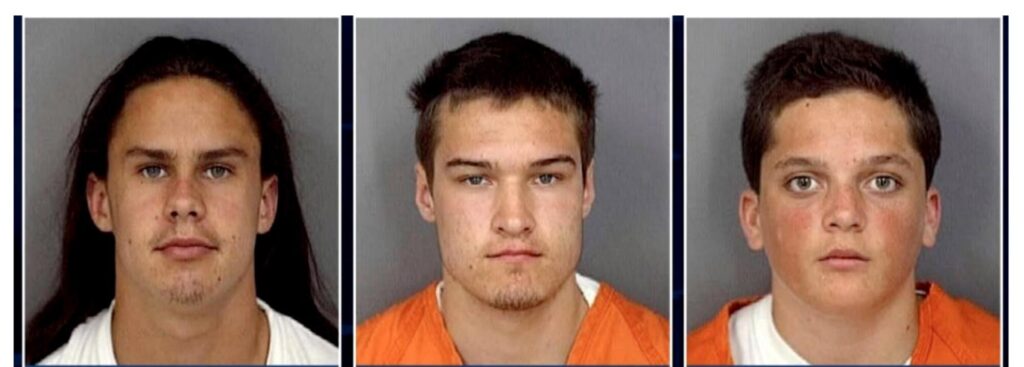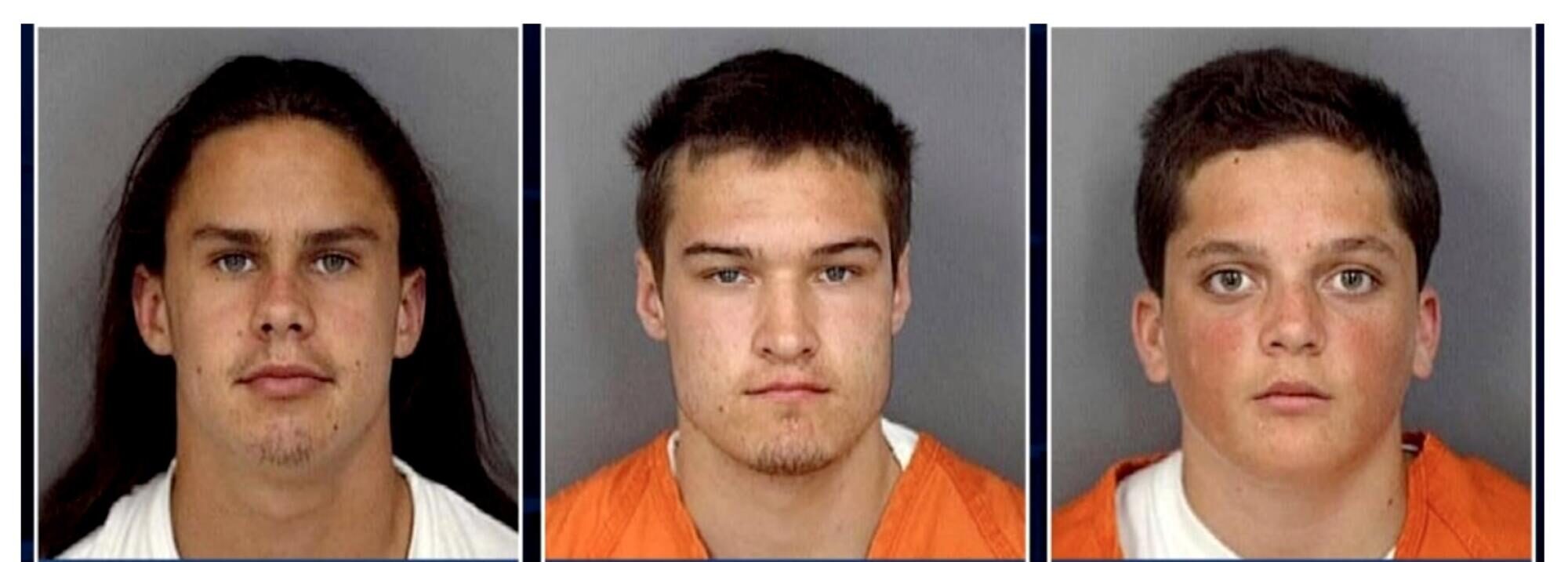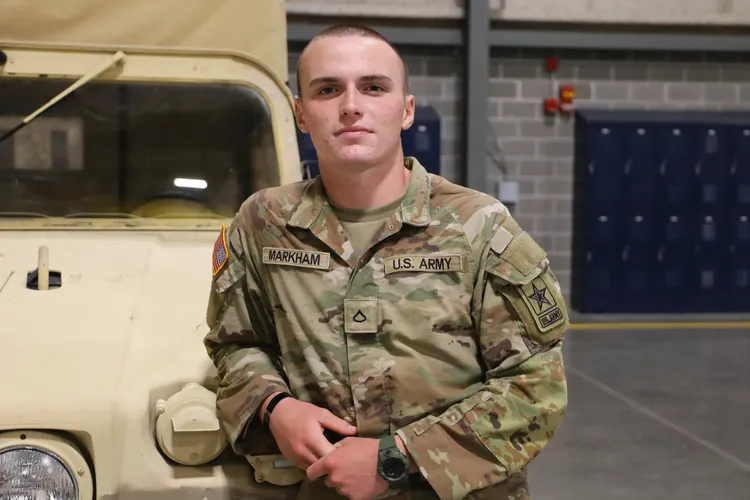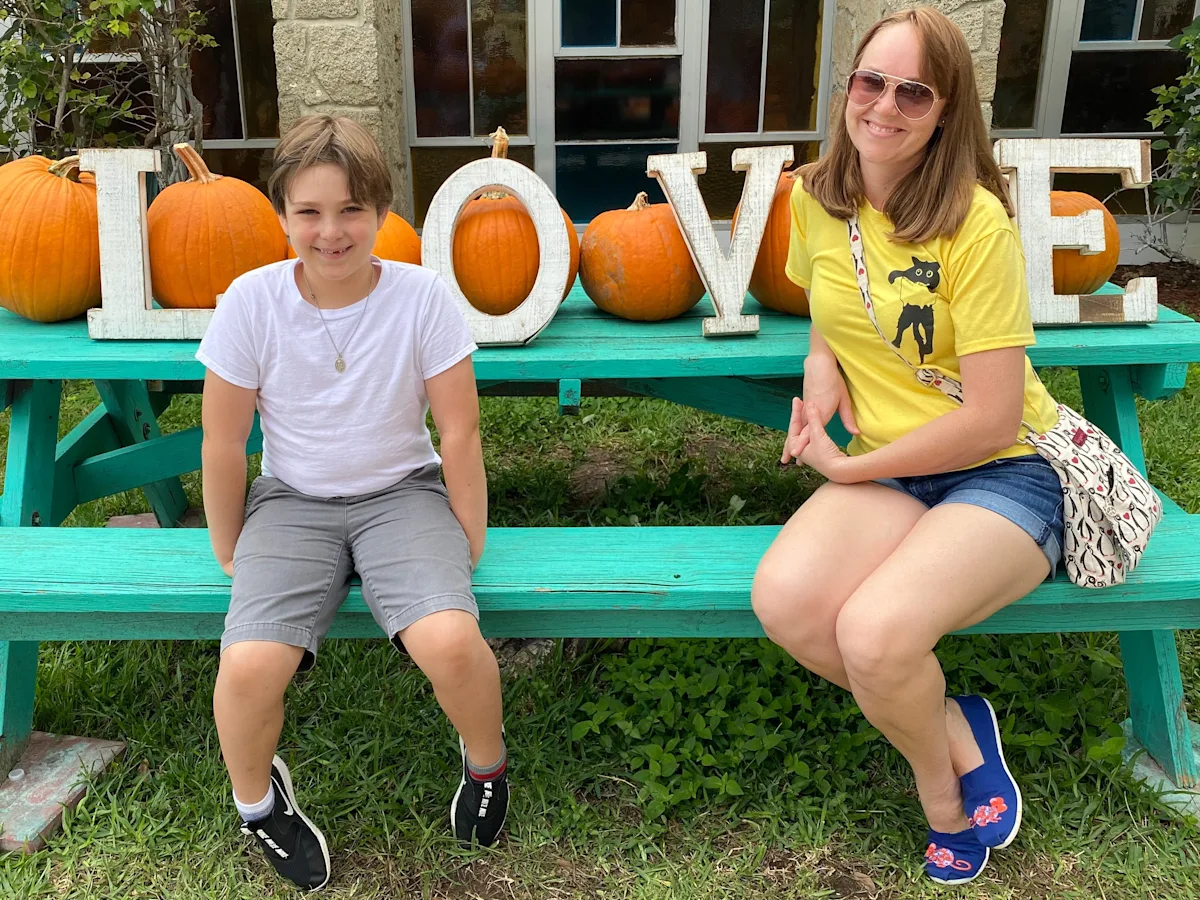In the summer of 1995, a 15-year-old girl named Elyse Pahler slipped out of her bedroom window in Arroyo Grande, California, eager for a bit of teenage rebellion. She was meeting a boy from school to smoke weed in the nearby woods, but what awaited her was a nightmare fueled by death metal lyrics and twisted adolescent fantasies. Three decades later, the brutal murder that ensued—dubbed a satanic ritual—still haunts the Central Coast community, especially now as two of her killers walk free while the third fights for release from behind bars.
The Night of Horror in Arroyo Grande

It was a July evening when Elyse Pahler, 15, sneaked out of her bedroom in the Central Coast town of Arroyo Grande, planning to get into some mischief. A boy from school had gotten her number from a friend and invited her to smoke weed in the woods near her family’s home.
The boy was Jacob Delashmutt, also 15, and he brought along two friends. Delashmutt and his schoolmates Royce Casey, 16, and Joseph Fiorella, 14, all shared a passion for death metal, and they formed their own band called Hatred.
One of their favorite groups was Slayer, a popular metal act that featured a song with lyrics about worshiping Satan and sacrificing a blond, blue-eyed virgin.
Pahler fit that description as she walked to join the three metal heads that night in 1995. Three decades later, Delashmutt described what happened next to a state parole board.
Delashmutt, now 45, said that once they had smoked marijuana, he and the two other boys attacked Pahler when she was distracted by the sound of a passing car. He wrapped his belt around her neck, strangling her while Fiorella stabbed her and Casey held down her arms. Then they each took turns stabbing her with a 12-inch knife, according to his testimony, first in the neck then in the back and shoulders.
Casey told state parole officials this year that Pahler begged for her mother and Jesus before he stomped on the back of her neck. They had planned to violate her remains, Delashmutt testified to the parole board, but instead hid her body in the woods and fled the scene. She wasn’t found until eight months later, when Casey confessed to his pastor.
The Killers and Their Twisted Inspiration

Royce Casey, Jacob Delashmutt and Joseph Fiorella pictured as teens after their arrest in March 1996. They were convicted of murdering Elyse Pahler, a teenage peer, in a satanic ritual. Casey and Delashmutt were released on parole recently, 30 years after the murder in Arroyo Grande, Calif.
Today, two of the killers — including the admitted ringleader — are walking free after receiving parole. But the youngest of the group, Fiorella, remains behind bars despite claims that he is intellectually disabled and that his case was mishandled.
The releases of Casey and Delashmutt this year have come amid a surge of high-profile murder cases from the 1990s entering the parole process. Erik and Lyle Menendez, the Beverly Hills brothers convicted of killing their parents in 1989 as teens, were denied parole this month after a months-long resentencing effort.
Pahler’s murder occurred while the Menendez brothers were on trial, and the grisly killing of a young, white girl provoked a similar level of media frenzy. Prosecutors alleged the death-metal-obsessed teens had plotted to commit the murder as part of a “satanic ritual.”
A Family’s Enduring Fight Against Release
Pahler’s family has fought against letting out any of the men over the past decade, with her father, David, often bringing a picture of his daughter to show the parole board.
David Pahler told the board at a 2023 hearing that he believed Casey still lacked remorse, reading from a transcript of Casey’s journal taken when he was arrested in which the teen wrote about believing Satan had “taken my soul and replaced it with a new one to carry out his work on earth.”
“If you give up your soul to Satan, how do you get it back? How do you get it back? I — I don’t have an answer for that,” Pahler said, according to a transcript of the hearing.
Casey and Delashmutt pleaded no contest to first-degree murder in 1997, each receiving 25 years to life in prison. Fiorella, also charged with being armed with a deadly weapon, got 26 years to life. Since they became eligible for parole, their paths through the system have led to vastly divergent outcomes.
Casey was denied twice by the board, then approved in 2021 and 2023, only to have Gov. Gavin Newsom reverse the decision. Newsom argued Casey needed to do more work to ensure he would make healthy relationships outside prison and learn the “internal processes” that led to his crime.
But in a surprising turn this year, the governor allowed Casey’s parole to proceed after another approval. Delashmutt, who admitted to being the ringleader in planning the murder inspired by Slayer’s lyrics, was granted parole earlier this year as well.
The Lingering Questions About Fiorella
While his accomplices have been released, Joseph Fiorella remains incarcerated, sparking debates about fairness and his intellectual capacity. Fiorella’s supporters argue that his case was mishandled from the start, pointing to evidence of intellectual disability that may have influenced his involvement and sentencing.
At 14, Fiorella was the youngest of the trio, and records suggest he was heavily influenced by the older boys. His defense has highlighted potential vulnerabilities, including claims that he didn’t fully comprehend the gravity of their actions. Despite multiple parole hearings, Fiorella has been denied release, with officials citing concerns over his rehabilitation and the nature of the crime.
The disparity in outcomes has raised eyebrows among legal experts, who question whether Fiorella’s additional year in his sentence—for the deadly weapon charge—has unfairly prolonged his imprisonment compared to the others.
Echoes of 1990s Sensationalism and Modern Justice
The Pahler case echoes the sensational true-crime stories of the 1990s, a era rife with fears over satanic influences in music and youth culture. Slayer’s music, with its dark themes, was scapegoated in the media, leading to lawsuits from Pahler’s family against the band, though those were ultimately dismissed.
Today, as parole decisions unfold, the story serves as a lens on evolving views of juvenile justice. California’s system has shifted toward rehabilitation for youthful offenders, recognizing brain development science that suggests teens are less culpable than adults. Yet, for victims’ families like the Pahlers, these changes feel like a betrayal.
David Pahler has vowed to continue advocating, attending every hearing with his daughter’s photo in hand. “We can’t bring Elyse back,” he once told the board, “but we can fight to keep her killers where they belong.”
As Casey and Delashmutt reintegrate into society—under strict parole conditions—the community in San Luis Obispo County remains divided. Some see redemption in their decades of incarceration and reported remorse, while others view their freedom as an injustice to a girl whose life was cut short in the most horrific way.
The case’s resurgence highlights ongoing tensions in America’s criminal justice system: balancing punishment with reform, especially for crimes committed in the fog of adolescence. For Fiorella, still behind bars, the fight for parity continues, leaving open the question of whether true justice has been served for Elyse Pahler.






This is authentic journalism. Feature-level in execution. Well done.